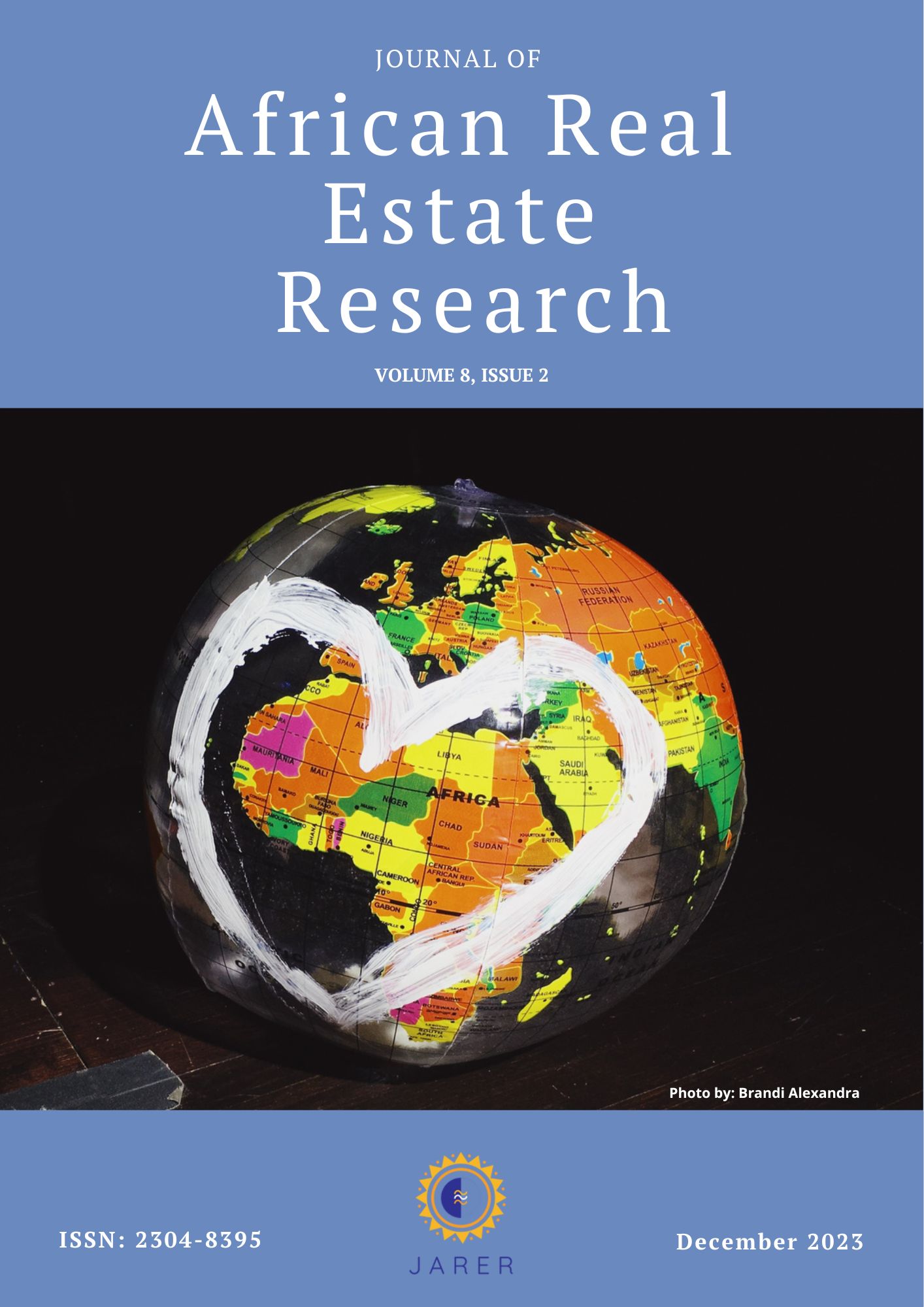Self-Governance in Condominium Housing in Tanzania
Performance, Dilemma and Sustainability
DOI:
https://doi.org/10.15641/jarer.v8i2.1431Keywords:
housing, condominium, sustainability, Sub-Saharan AfricaAbstract
Despite the ever-growing preference of self-governance in a set of diverse, multi-unit buildings being built in cities around the world, scholarly discussion of how this form of housing is governed and potential inefficiencies with the self-governing since at least the 2010s in the context of countries of the global South is both limited and presented in anecdote. Reflecting on Ostrom’s (1990) common pool resources principles, the study aimed to highlight patterns of interaction; and to see whether commonly held views about self-governance are borne out in practice. A case study approach that involved surveys of condominium homeowners, and interviews with house management committee chairs or members, along with document review was applied. Findings showed underlying forces that preclude functional and sustainable self-governing communities are unsatisfactory participation and weak enforcement of house rules, which are in turn driven by conflicting interests among homeowners, the lack of adequate information, discrepancies in the legal mechanism, and ineffective dispute resolution mechanisms. These issues can give rise to serious damage to building fabrics and social cohesion, hence the emphasis on implementing plausible dispute resolution mechanisms, preparing guidelines and standards on how condominiums can be effectively governed and ensuring individual cooperate and free-riding issues are avoided. Understanding the behavior of individuals within a space for interaction is also crucial for self-governing institutions to function successfully
Downloads

Downloads
Published
How to Cite
Issue
Section
License
Copyright (c) 2024 Vianey John Mushi

This work is licensed under a Creative Commons Attribution 4.0 International License.




